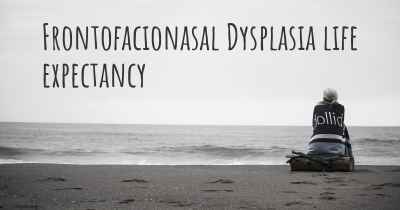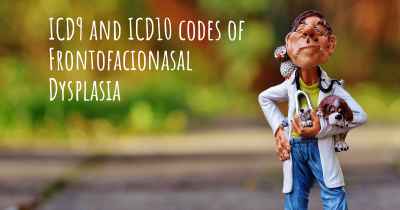How is Frontofacionasal Dysplasia diagnosed?
See how Frontofacionasal Dysplasia is diagnosed. Which specialists are essential to meet, what tests are needed and other useful information for the diagnosis of Frontofacionasal Dysplasia

Frontofacionasal dysplasia is a rare genetic disorder that affects the development of the face and nose. It is characterized by various facial abnormalities, including a broad and flat nasal bridge, widely spaced eyes, a small jaw, and a cleft lip or palate. Diagnosing frontofacionasal dysplasia typically involves a combination of clinical evaluation, genetic testing, and imaging studies.
Clinical evaluation: The first step in diagnosing frontofacionasal dysplasia is a thorough clinical evaluation by a healthcare professional. They will examine the patient's facial features and look for characteristic signs of the disorder. This may include measuring the distance between the eyes, evaluating the shape of the nose and jaw, and assessing the presence of a cleft lip or palate.
Genetic testing: Genetic testing plays a crucial role in confirming the diagnosis of frontofacionasal dysplasia. This involves analyzing the patient's DNA to identify any specific genetic mutations or abnormalities associated with the disorder. The most common genetic test used is called sequencing, which can detect changes in specific genes known to be linked to frontofacionasal dysplasia.
Imaging studies: Imaging studies, such as X-rays or CT scans, may be performed to further evaluate the facial structure and identify any underlying skeletal abnormalities. These imaging techniques can provide detailed images of the bones and soft tissues of the face, helping to confirm the diagnosis and assess the severity of the condition.
Family history: Gathering information about the patient's family history is also important in diagnosing frontofacionasal dysplasia. If other family members have been diagnosed with the disorder or have similar facial features, it can provide additional evidence for the diagnosis.
It is important to note that diagnosing frontofacionasal dysplasia can be challenging due to its rarity and the variability in its presentation. Therefore, a multidisciplinary approach involving geneticists, pediatricians, and other specialists is often necessary to accurately diagnose the condition.








